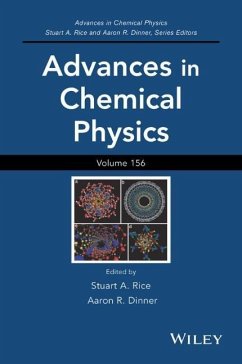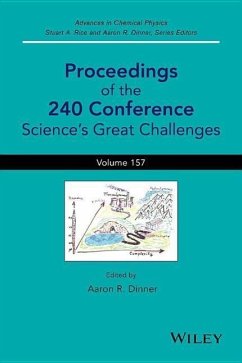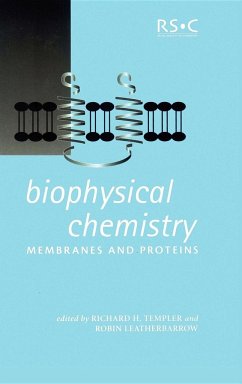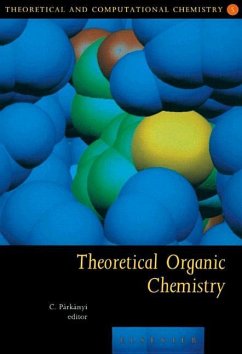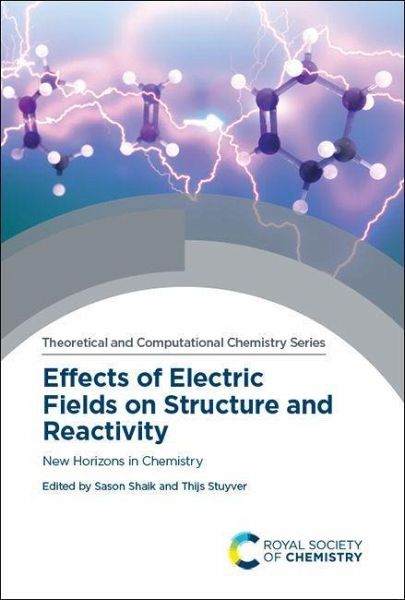
Effects of Electric Fields on Structure and Reactivity
New Horizons in Chemistry
Herausgeber: Shaik, Sason; Stuyver, Thijs
Versandkostenfrei!
Versandfertig in über 4 Wochen
221,99 €
inkl. MwSt.

PAYBACK Punkte
111 °P sammeln!
Written by leaders in the field, Effects of Electric Fields on structure and Reactivity is the first book on this exciting topic. Starting with an overview of the theory behind the effect of electric fields on chemical structure and reactivity, this accessible reference work aims to encourage those new to the field to consider harnessing these effects in their own work. Covering applications and recent theoretical developments, it is a useful resource for theoretical chemists and experimentalists alike.





